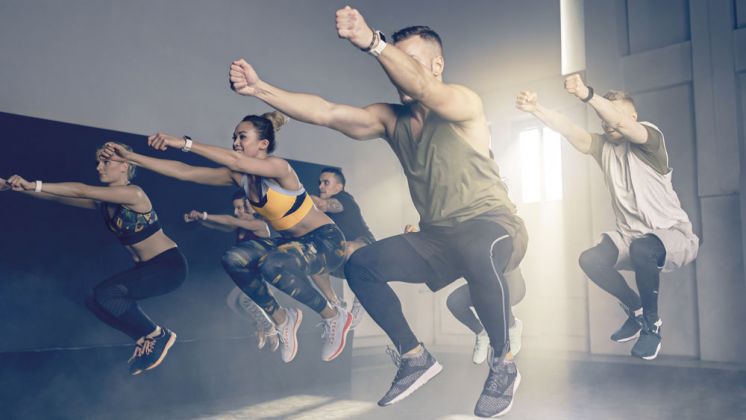Beyond 10,000 Steps: Six Things You Should Be Tracking
There’s more to performance tracking than counting steps or calories. Look for these extras on your phone or watch to improve every metric

Optimise fat loss with a BPM monitor
“Rather than focusing on calories burned, use your fitness tracker to monitor your heart rate, and the length or intensity of activity to get a better overall understanding of your health,” says Andy Magill, head coach at VitalityHealth. “Trackers that have a BPM monitor or optical sensors will measure your heart rate or pulse, allowing you to work within key zones – or push yourself harder.”
Recognise stressors with Heart Rate Variability
“HRV is the variance in time between each heart beat,” says Andy Page, S&C coach at Pure Sports Medicine. “You might think of it as a steady rhythm, but the time difference between beats is affected by many lifestyle factors and small differences are a marker of high stress. By monitoring HRV, you can learn to recognise and manage stressors in your daily life. Putting off tricky tasks until the end of the day, for instance, can affect your ability to relax when you get home.”
Plan workouts with Firstbeat tech
Firstbeat technology, which is now available in Garmin, Sony and Suunto products, uses HRV to calculate post-exercise oxygen consumption and your anaerobic threshold – among other things. “Not all exercise is created equal – the intensity and duration of exercise can affect us negatively if not monitored,” says Page. “We use Firstbeat to plan optimal training times, manage stress, enhance recovery, exercise effectively and reduce injury risk.”
Head off illness with a skin-based thermometer
“Some fitness trackers have the ability to monitor your body temperature through a thermometer that sits against the skin,” says Magill. “While this might be overlooked as just a nice extra, abnormal spikes or drops could be early signs of sickness, giving you a nudge to up your vitamin C consumption, get some rest and fight off an illness before it flares up. A healthy body temperature should sit between 36.1°C and 37.2°C – if it strays, something’s up.”
See related
- The Best Heart Rate Monitors
- The Best Budget Heart Rate Monitors
- The Best Sleep Trackers To Help You Catch Some Quality Zzzz
Improve recovery with a pulse oximeter
“If your fitness tracker has a pulse oximeter you’ll be able to measure the levels of oxygen in your blood, helping you determine whether you’ve fully recovered from a workout,” says Magill. “It works by detecting the light absorption of to see how much oxygen reaches your extremities. This type of measurement is usually used by pro athletes, but knowing when your body is fully recovered from exercise will help prevent you overdoing it or straining any muscles.”
Upgrade your sleep with wrist actigraphy
Actigraphy-enabled devices translate wrist movements into sleep patterns, giving you a useful guide to the quality of your shut-eye. “Sleep quality is as, if not more important, than sleep duration and tracking can monitor it effectively,” says Page. “Eating dinner, drinking alcohol and exercising intensely within two hours of going to bed are all things that can seriously disrupt your sleep quality – if you see it suffering on your tracker, you’ll be able to address that.”
Sign up for workout ideas, training advice, reviews of the latest gear and more.
From 2008 to 2018, Joel worked for Men's Fitness, which predated, and then shared a website with, Coach. Though he spent years running the hills of Bath, he’s since ditched his trainers for a succession of Converse high-tops, since they’re better suited to his love of pulling vans, lifting cars, and hefting logs in a succession of strongman competitions.

